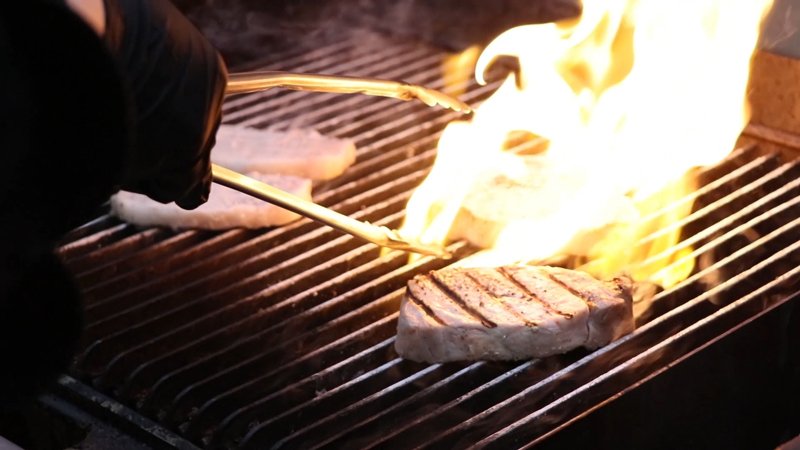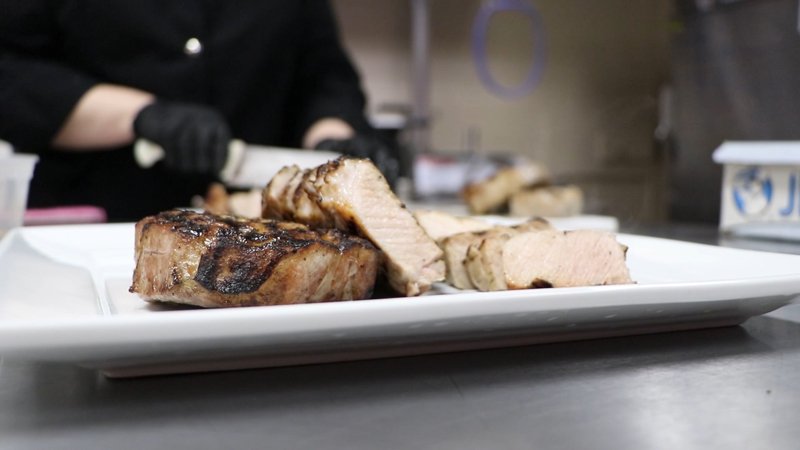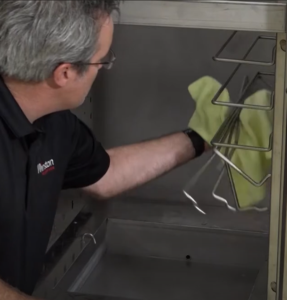Did you know that CVap® ovens can also do sous vide? In this session, we staged pork chops using the sous vide mode, and finished them on the grill, for a quick serve out. The results we wanted to demonstrate were a superior food product, and tremendously reduced ticket times.
If you were to ask 100 chefs for their definition of sous vide, you’d get 100 different answers. In traditional French terms, sous vide means under vacuum. Beyond that, it’s really about low temperature paired with precisely controlled water cooking.
When cooking with immersion circulators, you’re basically cooking in a tightly temperature-controlled water bath. It’s a beautiful method of cooking, with many benefits; reduced risk of contamination, improved flavor, and the impossibility of overcooking are just a few. Sous vide is a method that proves beneficial for any chef to use from time to time and benefits foods across the spectrum, from proteins, to starches, to vegetables.
CVap technology matches the precision of sous vide cooking, without immersing food under water. Remember, CVap stands for controlled vapor; the cabinet itself acts as a larger water bath. But instead of utilizing water as the cooking medium, CVap uses heated water vapor, creating an atmosphere that mimics an immersion bath. Thus, food can be cooked, sous vide-style, with or without the use of bags.
We wanted to demonstrate this by preparing thick dinner chops and thin breakfast chops in the same oven, at the same temperature, at the same time, achieving sous vide precision without having to prepare two different water baths. Using CVap Sous Vide Mode at 145°F, we cooked cook the chops to that base temperature, then removed for quick sear on the grill, to simulate an expedited service.
Cooking Sous Vide Pork Chops
Preheat the CVap oven to Cook Vapor Temperature 145°F, using the sous vide mode, which is an option when setting the Cook Air Temperature. In this case, we set the oven using the CVap Programming app, and waving the phone near the oven’s NFC sensor (available on Series 7).
Start with a whole boneless pork loin. Trim any extra fat, then slice into chops. We sliced some thick, and some thin, to serve as dinner and breakfast chops. The dinner chops were approximately eight ounces each. Breakfast chops were about four ounces each.
Place chops on sheet pans. For best results, chops should sit atop cooling racks, to elevate them above the pan surface. Place racked chops into the preheated oven.
Cook time was approximately 45 minutes. We pulled the chops just prior to doneness temp, as they would continue to rise in temperature for a few minutes while resting on the counter. All measured around 142°F when removed from the oven.
Most proteins cooked in CVap’s sous vide mode will not brown, because the temperature isn’t high enough to achieve the Maillard reaction, so you’ll want to finish sear on a grill, griddle, sauté pan, or however you see fit. This technique is considered “reverse sear” or “reversed staging.”
We patted dry the surface moisture from the chop, and seasoned both sides with salt and pepper. It only took about two minutes, total, to get beautiful grill marks.
If holding cooked chops, this translates to two minutes from the time the ticket comes into the time the plate goes out. Compare that to cooking from slacked, where you’d likely be looking at a 20-minute prep time for an eight-ounce chop.
CVap ovens cook uniformly, with no bullseye, undercooked, or overcooked areas. In this session, both the thin and thick chops were beautifully done, tender, and juicy. With CVap, you’ll never overcook pork again.
Final Thoughts
One of the best things that ever happened to pork happened about ten years ago, when the USDA determined it was safe to cook pork to 145°F. This is an ideal temperature for pork, especially for lean cuts like loin chops. Prior to this decision, the accepted method was simply to cook the hell out of pork to assure safety. The lower temp simply results in a better product. Ten years have shown the decision to be the correct one.
Sous vide, as we utilized with this session, is one way to prepare pork. A lot of chefs, as they get more accustomed to CVap technology, will begin to play with the settings, to come up with their own twists on base settings. It’s yet another way to make recipes their own. CVap ovens are capable of so much more than just prime rib.
One caveat to keep in mind when using sous vide mode in CVap. Our sous vide settings top out at 150°F. But that doesn’t mean you can’t achieve higher sous vide temps in the ovens; we’ll be glad to walk you through higher temperature sous vide methods that meet your needs.
Our staff of culinary experts here at Winston are happy to work with you, to help you achieve the settings and methods that work best for you. Need advice? Click the button below for our contact form. We look forward to hearing from you.
Recipe Recap
- Whole Boneless Pork Loin
- Pinch Salt & Pepper
Trim excess fat, then slice into chops (thick or thin, depending on preference – approximately 4 to 8 ounces each). Pat chops dry with a paper towel, then season both sides with salt and pepper.
Program CVap RTV7-05UV-ST Retherm Oven as follows:
- 145°F Vapor Cook Temp
- SV (Sous Vide) Air Cook Temp
- Cook time: 45 minutes
- Convection: On
- High Yield: Off
Preheat the oven. Allow 45 minutes to preheat. Place chops on sheet pans. For best results, sit chops atop cooling racks, to elevate them above the pan surface. Place racked chops into the preheated oven. Start cook cycle.
Check meat temperature just before timed cook completes, as most meats will continue to rise in temperature after removal from oven.
Most proteins cooked in CVap’s sous vide mode will not brown, because the temperature isn’t high enough to achieve the Maillard reaction, so you’ll want to finish sear on a grill, griddle, sauté pan, or however you see fit. This technique is considered “reverse sear” or “CVap staging.”











